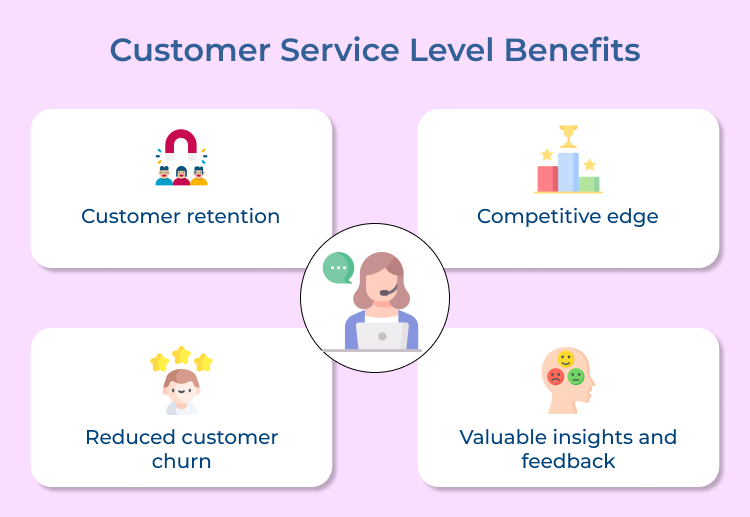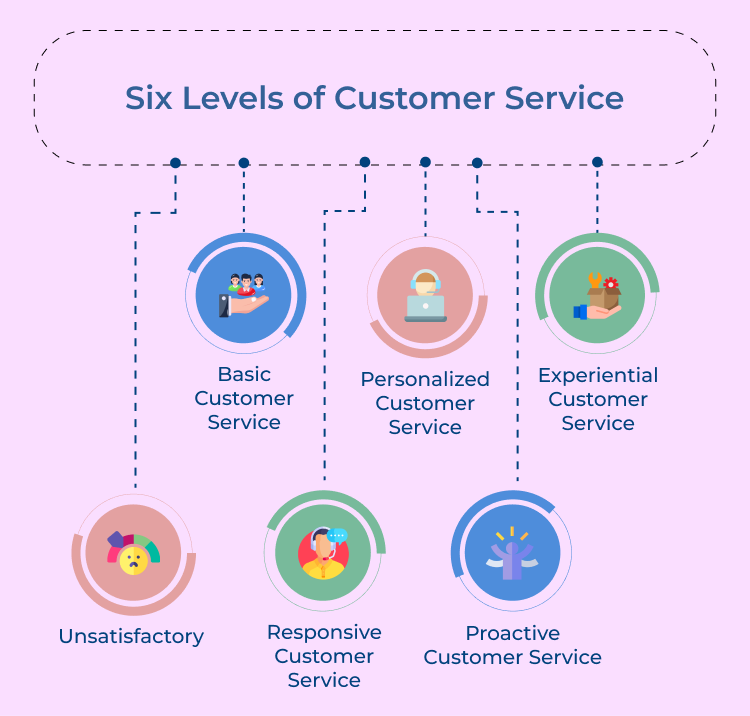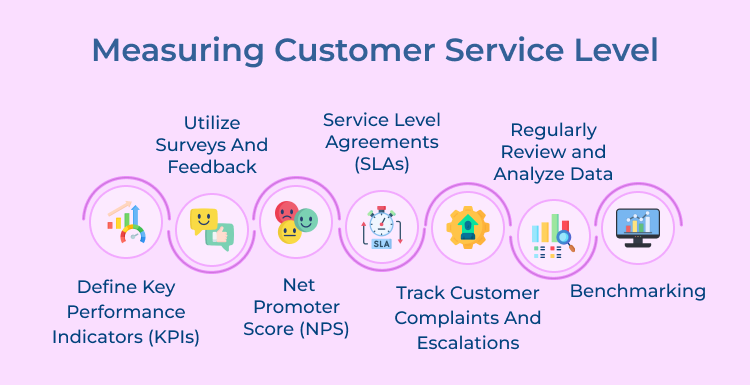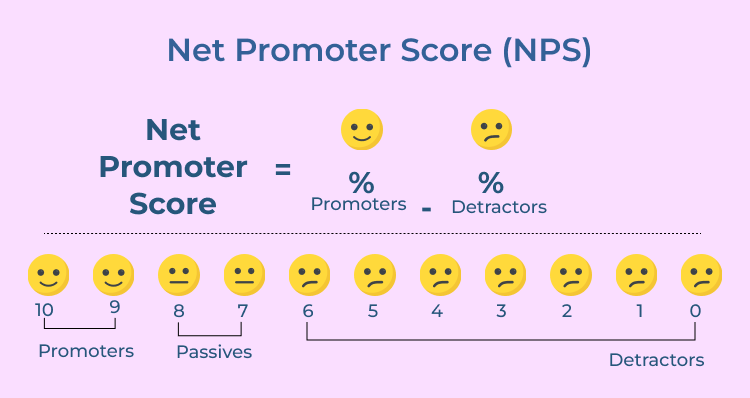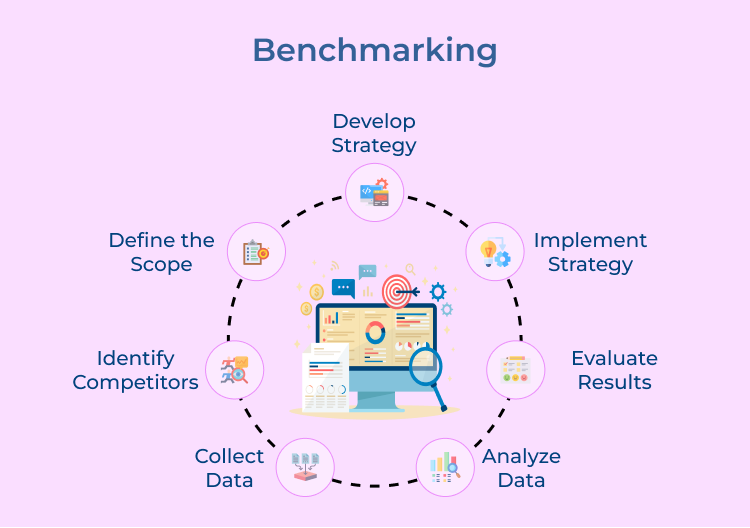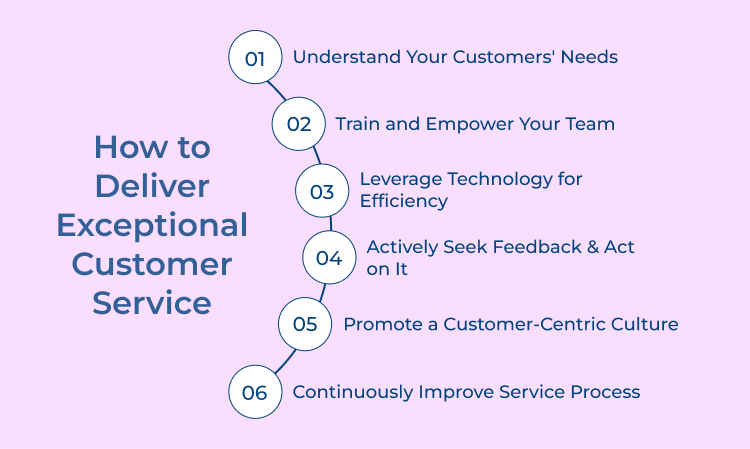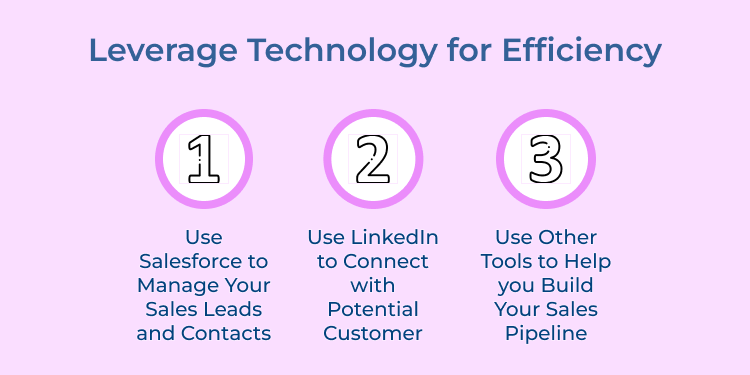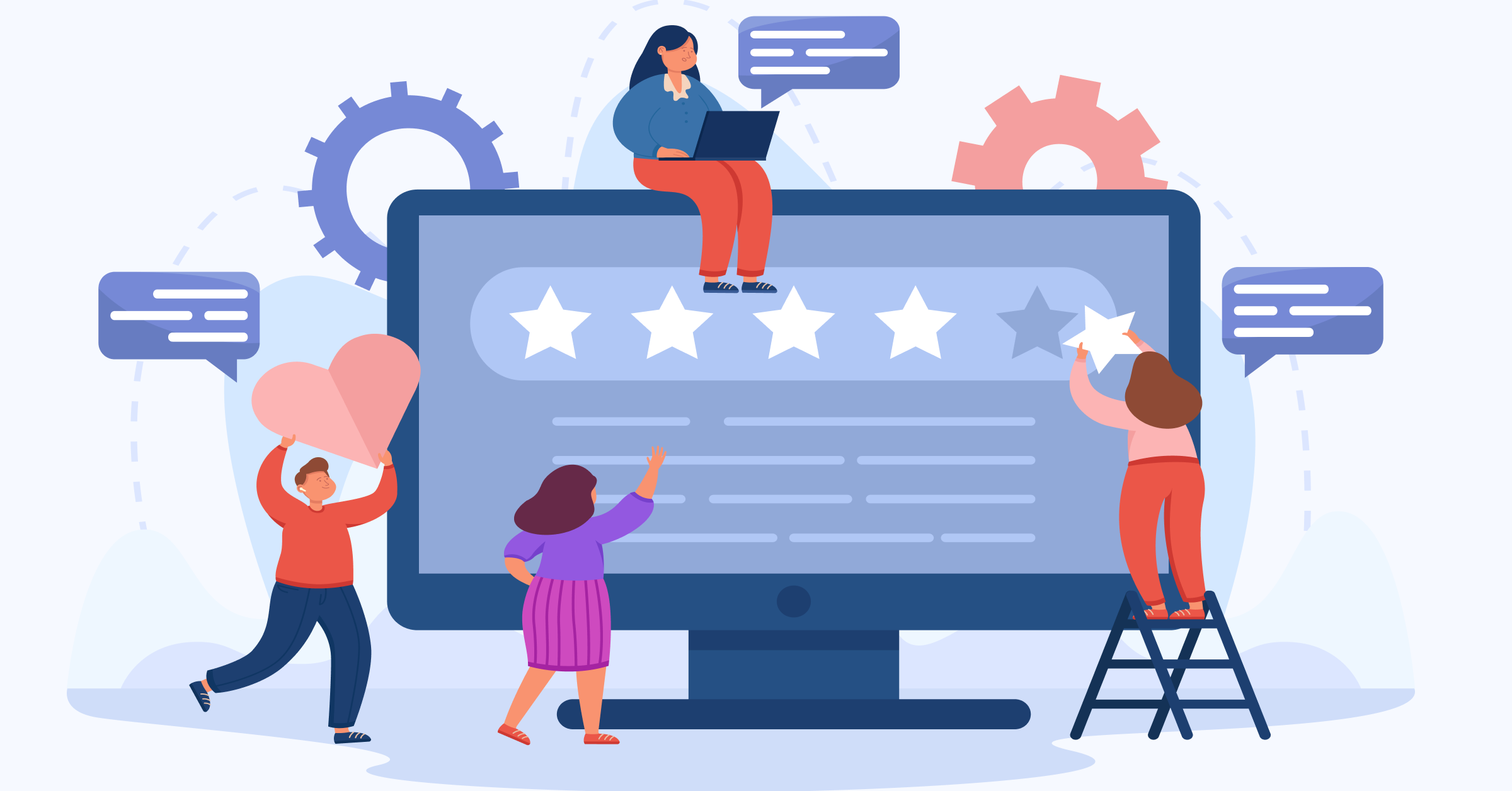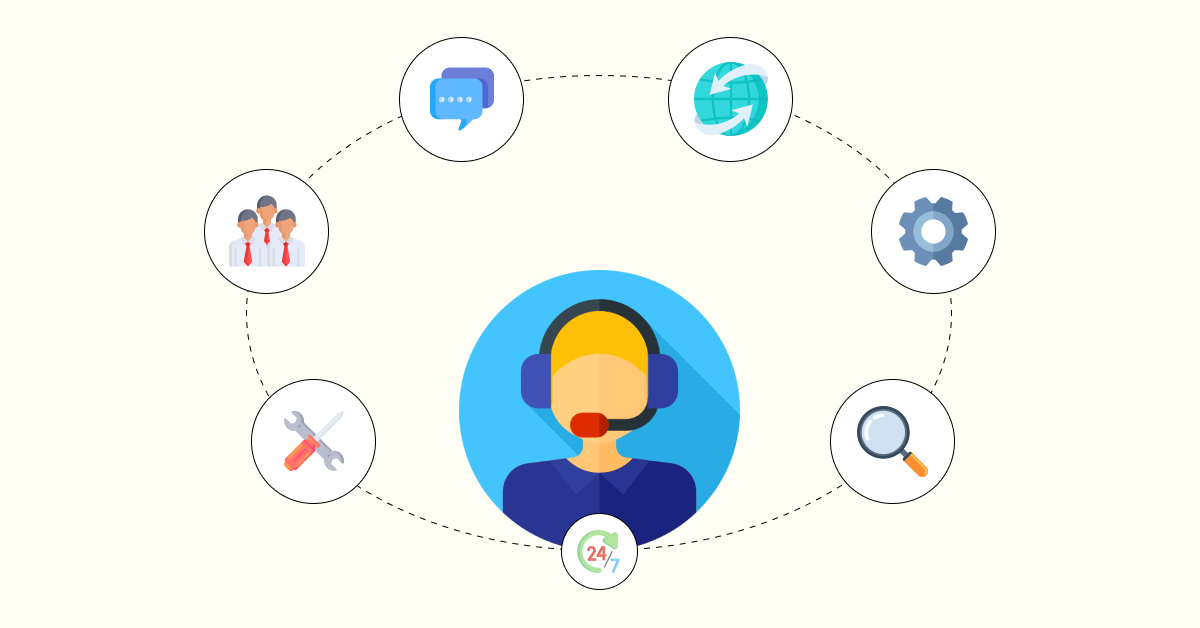Customer Service Level 1: Unsatisfactory
Unsatisfactory customer service refers to a bad or even worse experience where the customer’s expectations are not adequately met. When the service standard is below expected, customers decide to leave feeling frustrated and unimportant.
For example, if a customer calls a helpline and is put on hold for an extended period without any resolution, it would be considered unsatisfactory customer service.
Customer Support Level 2: Basic Customer Service
The basic customer service level involves meeting the minimum requirements of customer interaction. It includes key attributes such as polite behavior, proper handling of customer inquiries and prompt responses. This level sets the tone for the customer experience and establishes a foundation for further engagement.
For example, if a customer visits a store and enquires about the price of a product and the support executive provides accurate price details, it would be considered as basic customer service.
Customer Service Level 3: Responsive Customer Service
The responsive customer service level refers to proactively addressing customer queries and complaints. It emphasizes the importance of prompt problem-solving and timely follow-ups. Businesses at this level prioritize effective communication, actively listen to customer feedback, and take appropriate actions to resolve issues.
For example, if a customer contacts a company’s support team via email and receives a timely response, it would be considered responsive customer service.
Customer Support Level 4: Personalized Customer Service
Personalized customer service takes the customer experience to an upper level. It focuses on understanding customer preferences, anticipating their needs, and tailoring interactions accordingly.
The level of service involves building a relationship with customers, remembering their preferences, and providing customized solutions. Personalized service makes customers feel valued and appreciated.
For example, if a hotel staff member greets a returning guest by name and offers them their preferred room type without them having to request it, it would be considered personalized customer service.
Customer Service Level 5: Proactive Customer Service
Proactive customer service aims to exceed customer expectations by anticipating their needs and solving problems even before the customers realize they exist. The level of service requires a deep understanding of the customer journey and actively seeking opportunities to improve it.
The proactive service level also involves personalized recommendations, anticipating potential issues and offering proactive solutions.
For example, if a healthcare provider sends reminders to patients about upcoming appointments or offers tips on managing their health, it would be considered proactive customer service.
Customer Support Level 6: Experiential Customer Service
The experiential customer service level goes beyond meeting expectations and creates memorable experiences. It requires innovation and creativity in designing delightful customer interactions. Experiential service focuses on emotional connections and aims to create moments that customers will remember forever. It involves surprising customers through personalized gestures and creating a lasting impression.
For example, if a restaurant offers personalized menu recommendations based on dietary preferences and surprises customers with a complimentary dessert on their birthday, it would be considered experiential customer service.
Different Ways to Measure Customer Service Level
Providing excellent customer service is crucial for retaining existing customers and attracting new ones. But how do you measure the level of customer service your business is providing?

